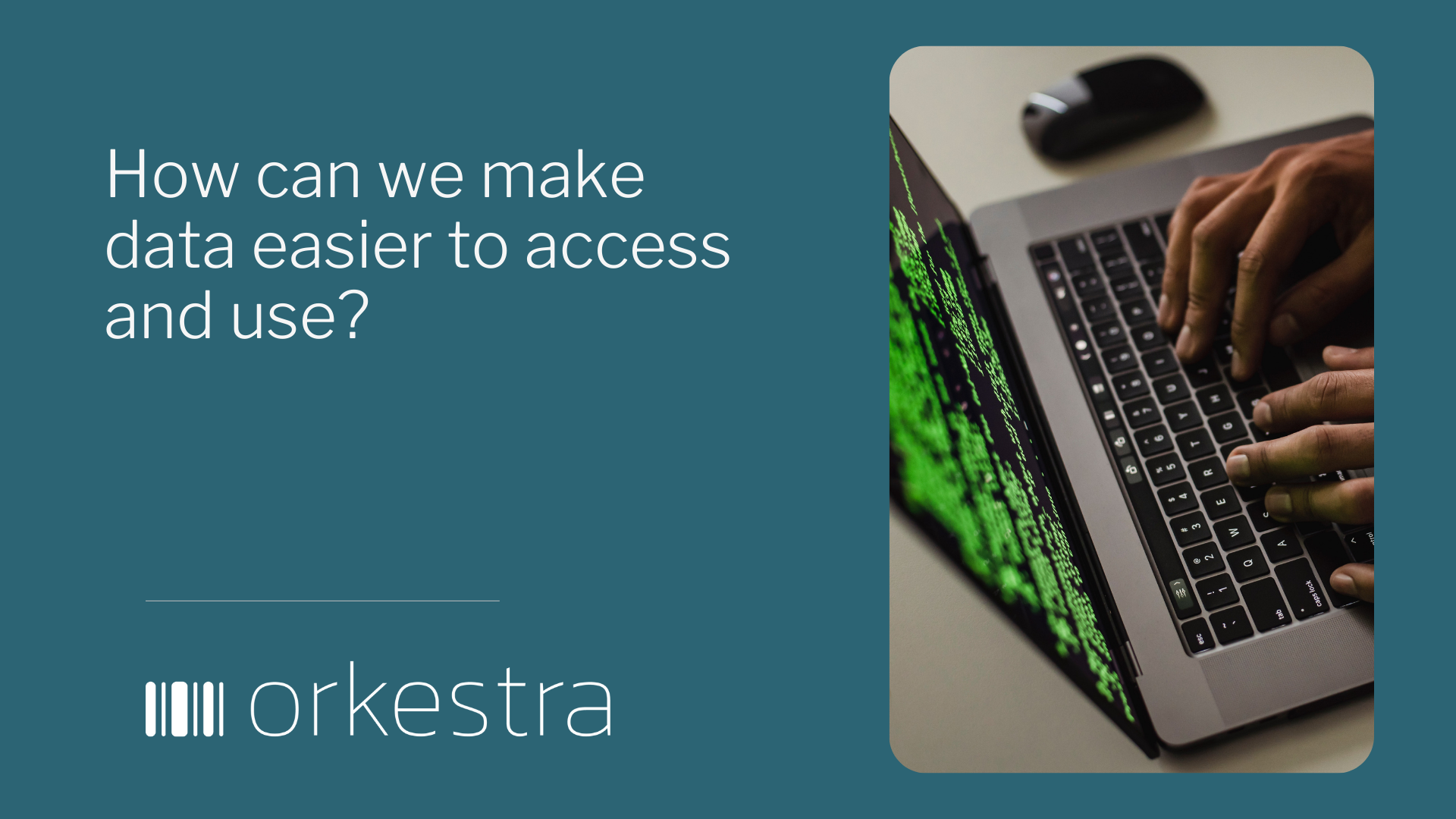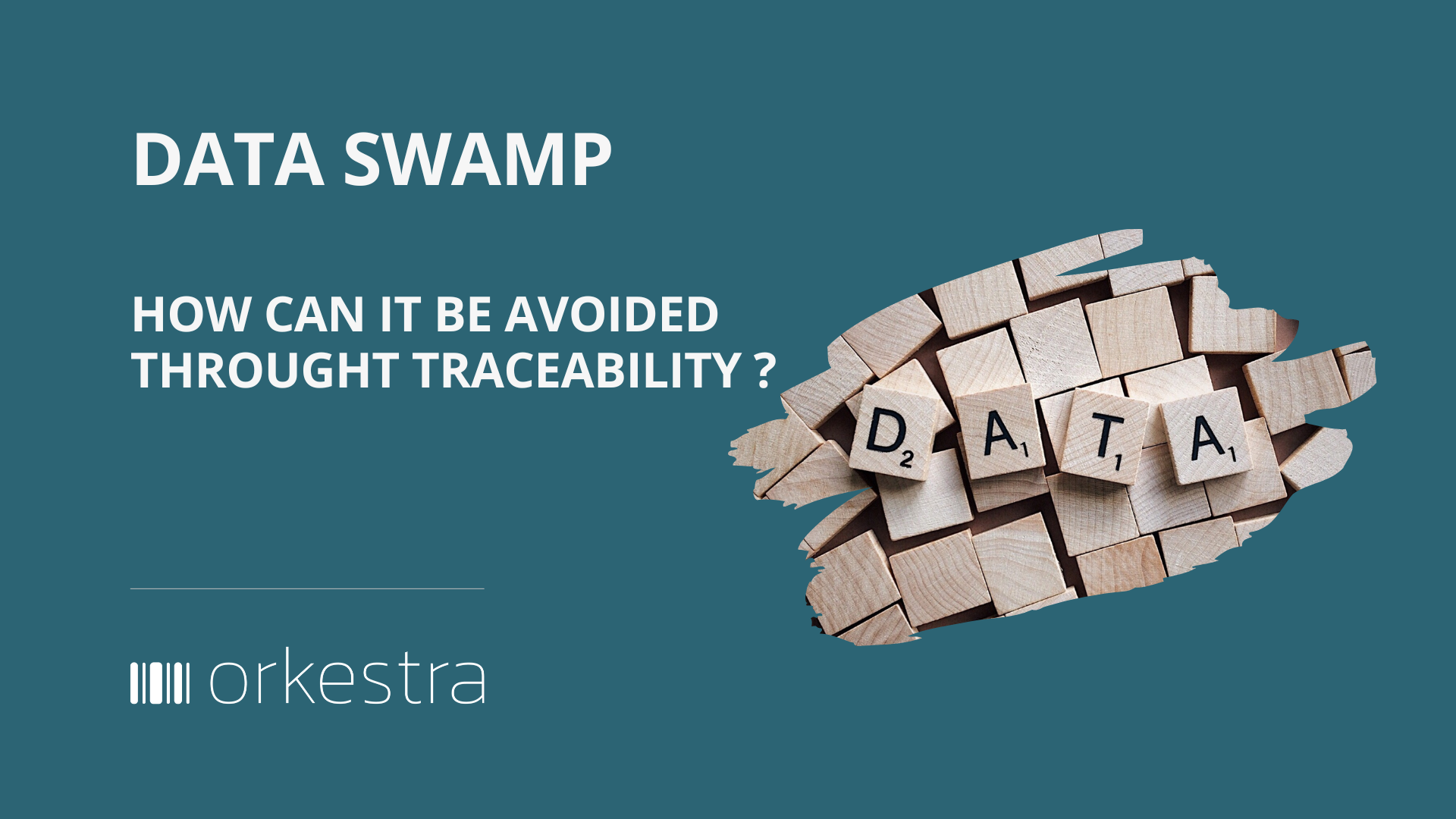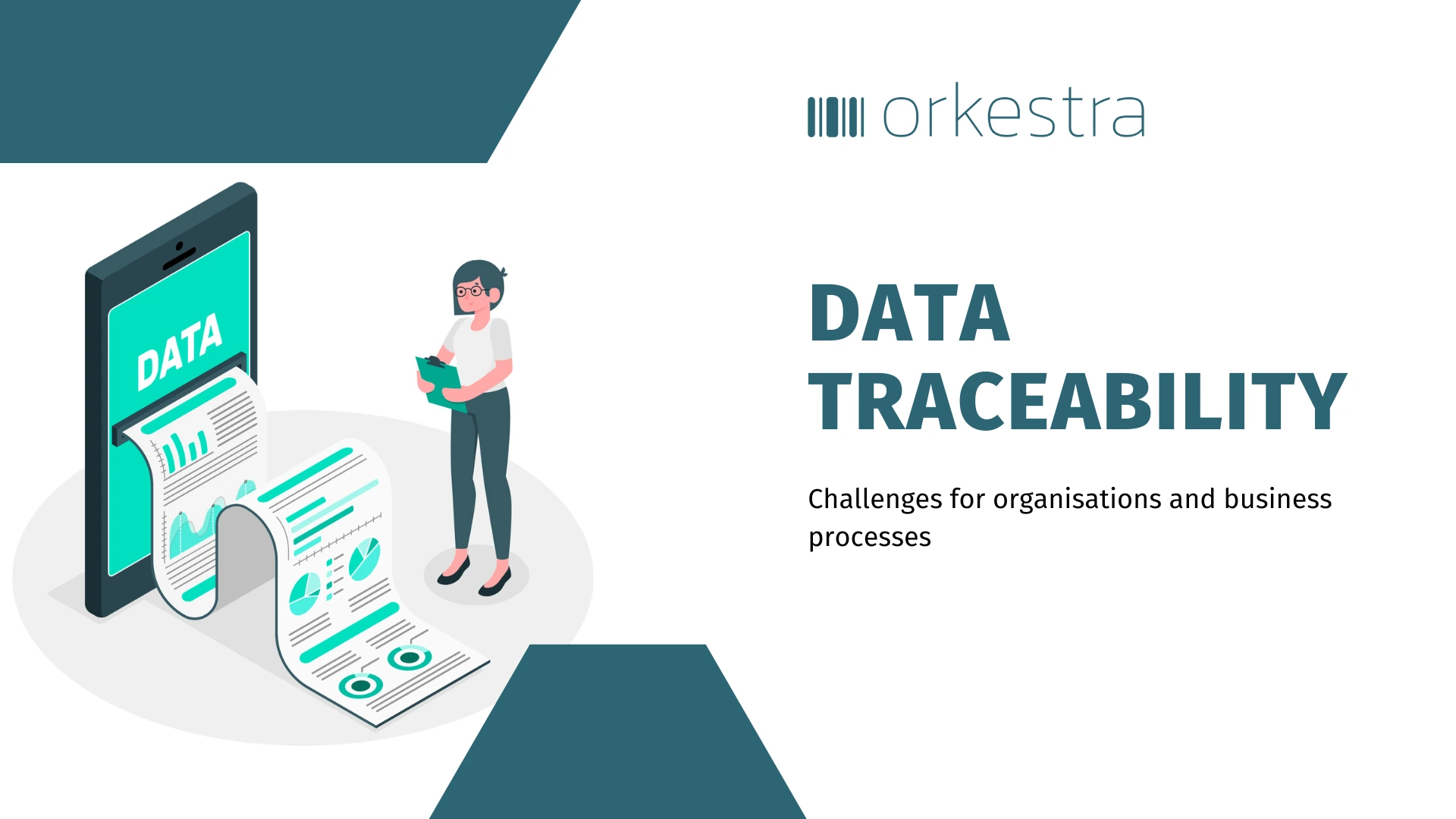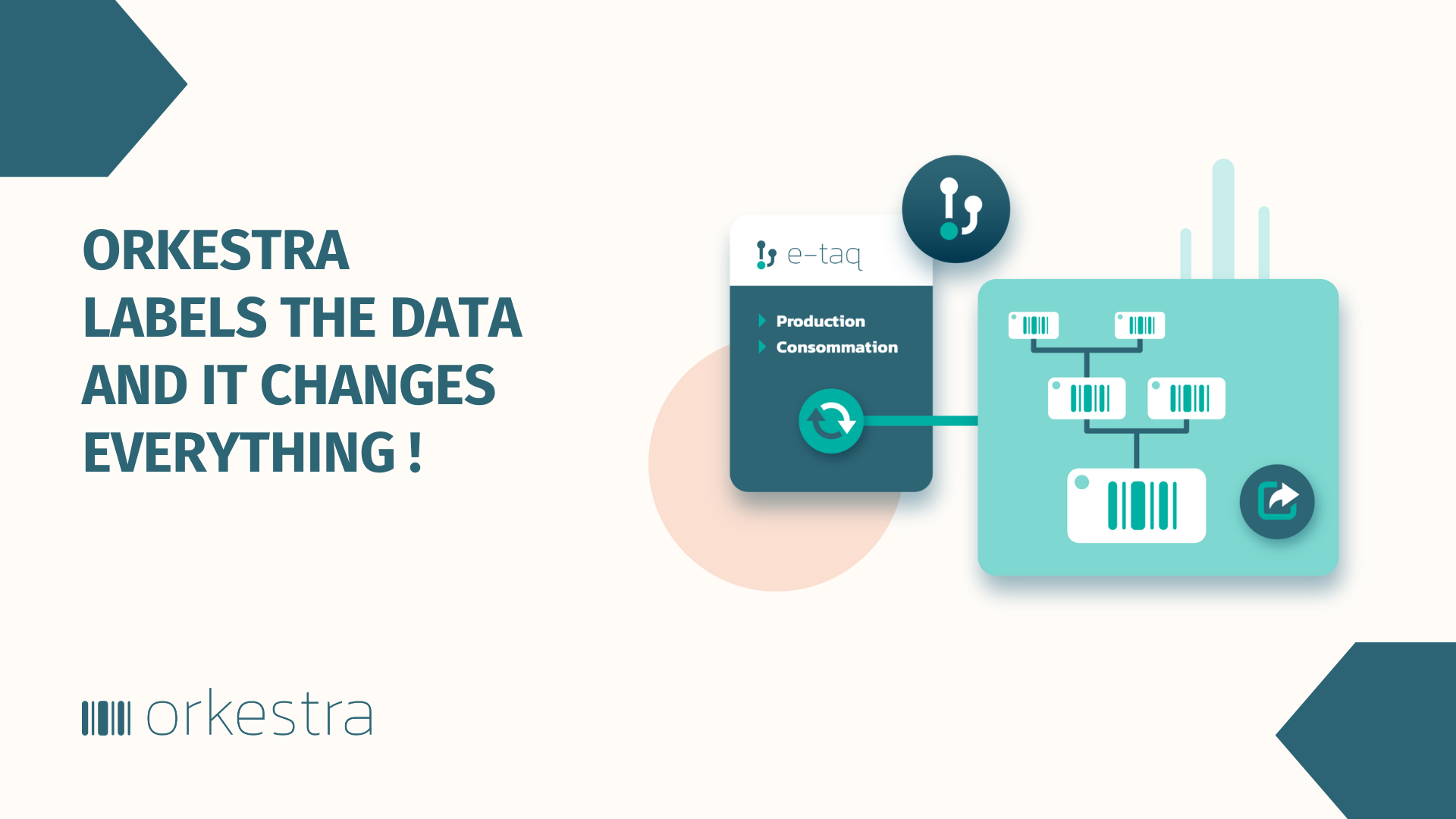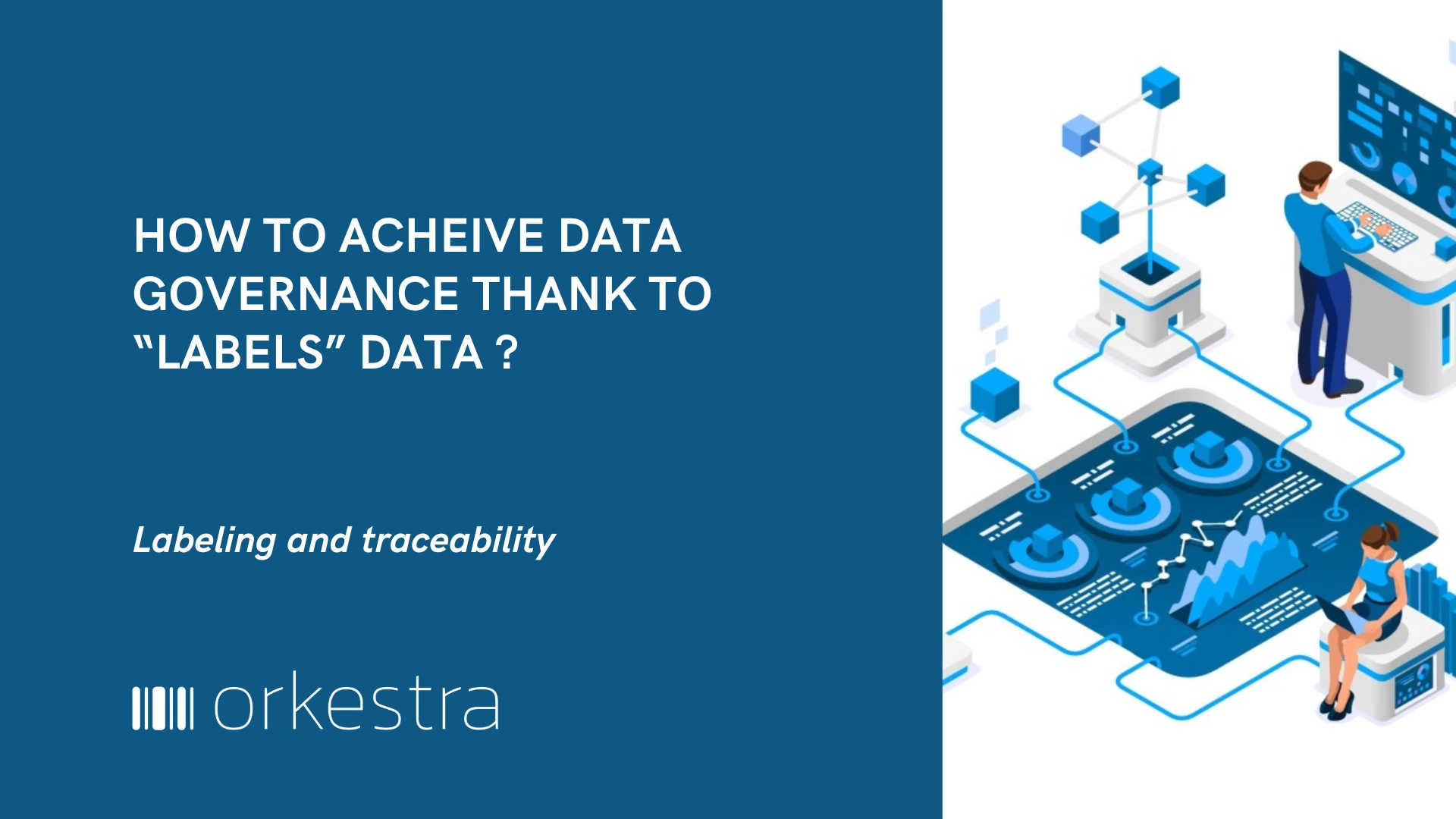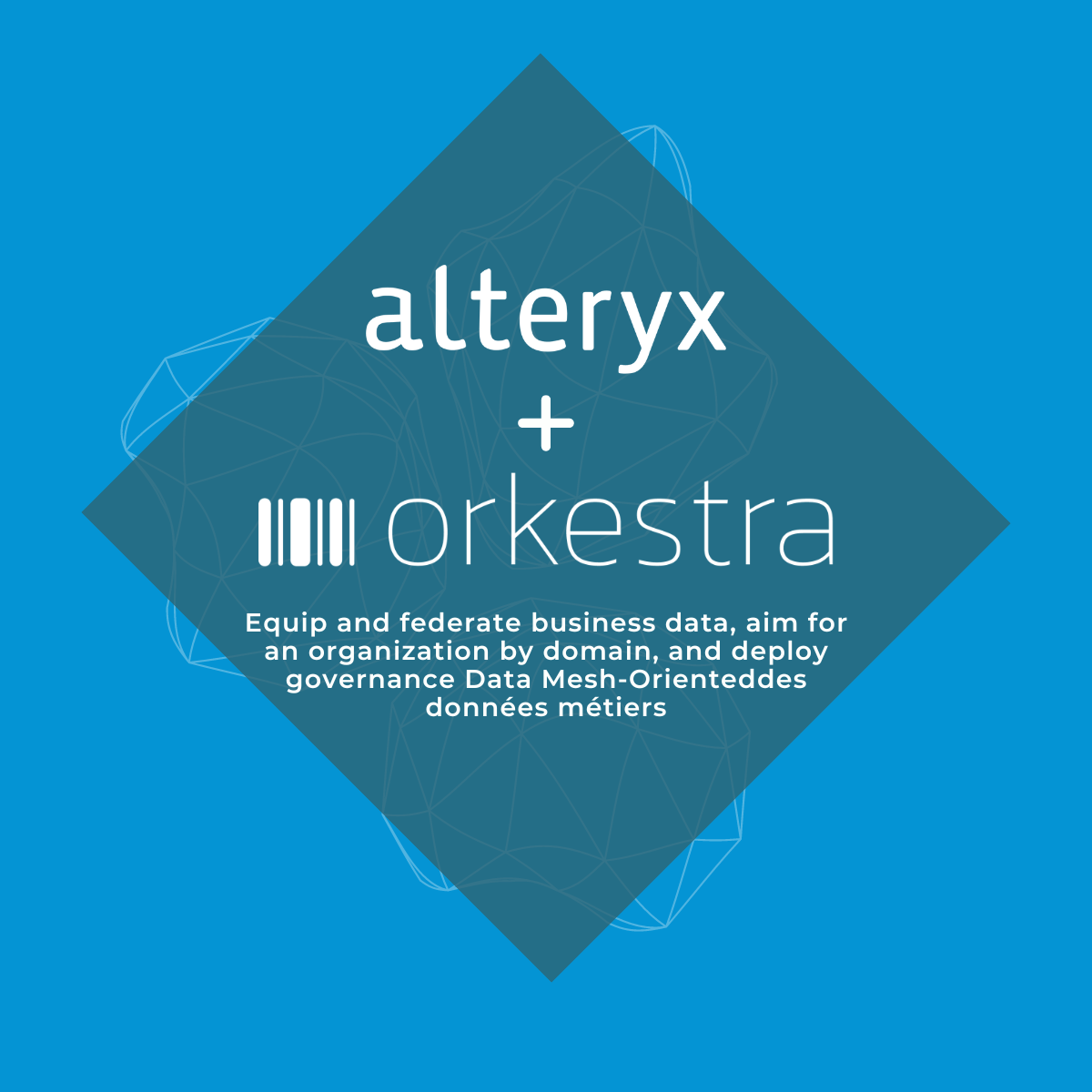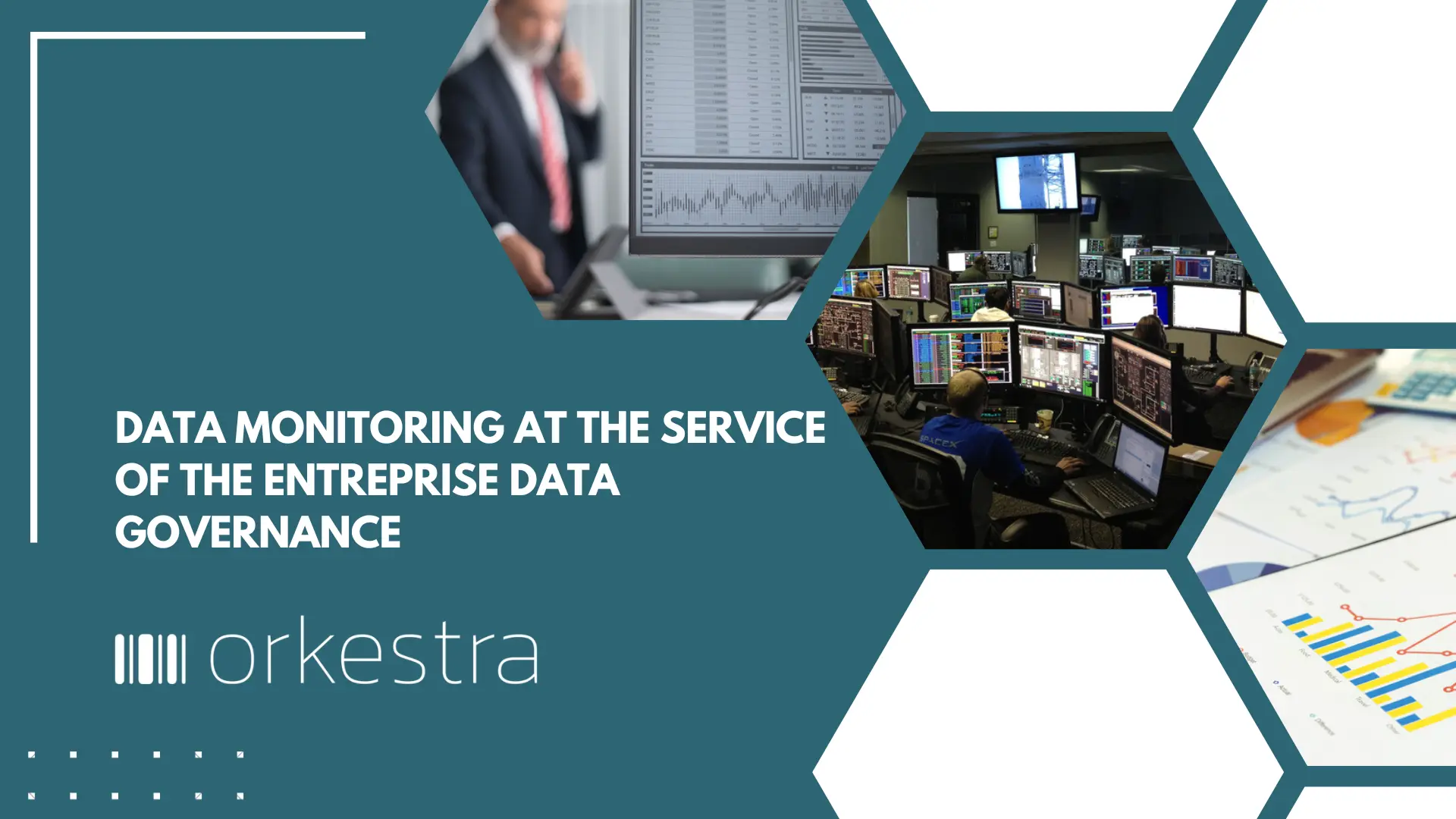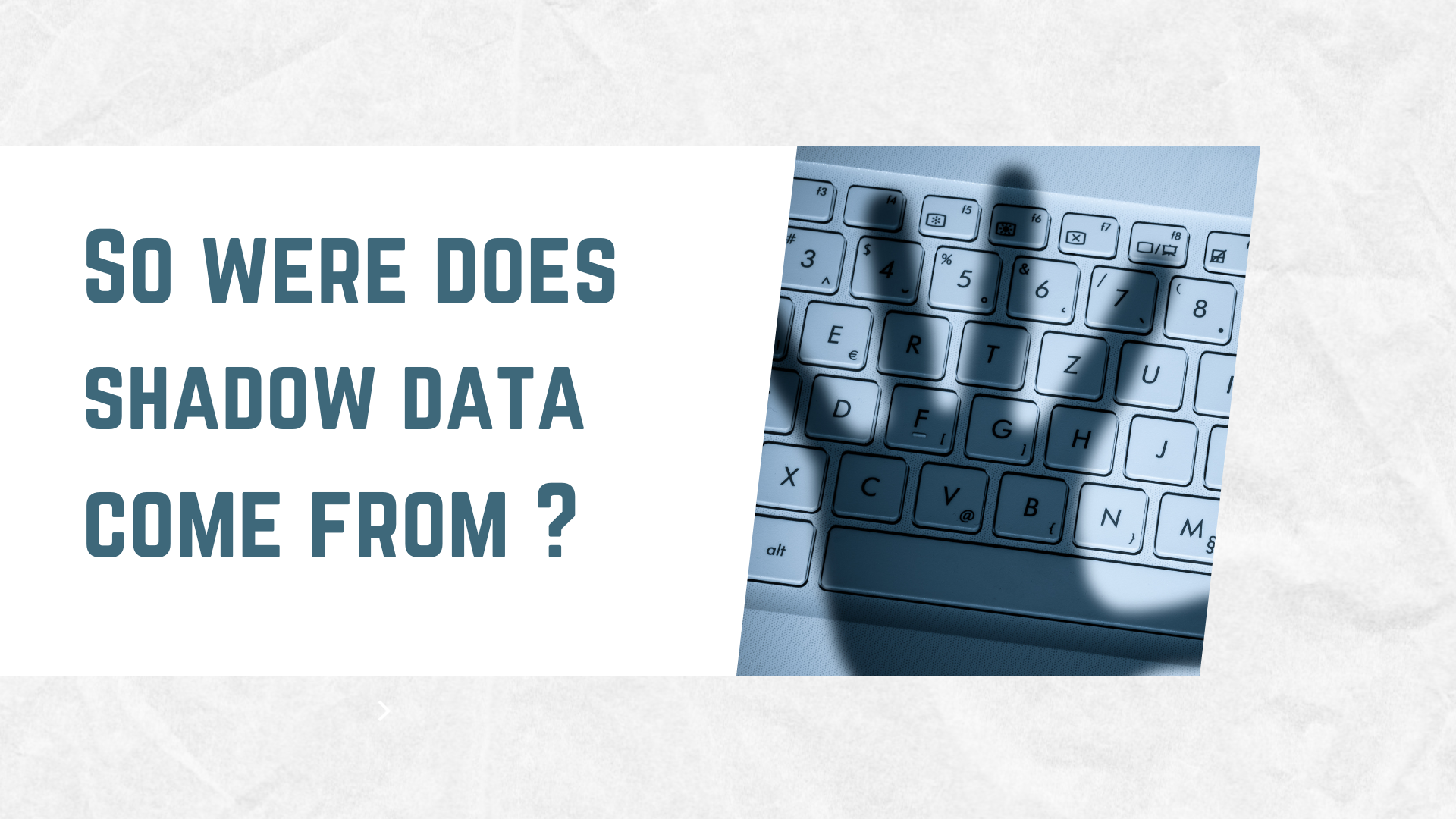A “data swamp” occurs when data is stored in a disorganized and unstructured way, making it difficult to use and understand. The data becomes unusable, without any value, so there’s poor data management.
To avoid a data swamp, it’s important to implement effective data governance processes.
Here are a few tips on how to achieve this:
- Define a data management strategy : this involves determining what types of data are collected, what their sources are, how they are stored and how they will be used.
- Implement data management policies: this involves defining rules for data collection, storage, protection and deletion. These policies must be communicated throughout the organization.
- Use data governance tools : this can include tools for data cleansing and analysis, data visualization, data quality management, and so on. Why not take advantage of a platform such as Orkestra (see Orkestra, a platform for robotizing data processing, a true integration framework)?
- Involve users : users need to be involved in the data management process. They must be trained in data collection, analysis and governance, to guarantee data quality.
- Ensuring data traceability : this means knowing where the data comes from, how it was collected, how fresh it is, what controls are in place, what guarantees? Orkestra’s Dataset Labels are the perfect way to manage this traceability. A true Data Lineage, the Label is one of Orkestra’s spearheads.
… Find out more about the challenges of traceability in the article on Labels, a speciality of the Orkestra data robotization platform.
By following these tips in particular, you can avoid a data swamp and guarantee the quality and efficient use of data.


